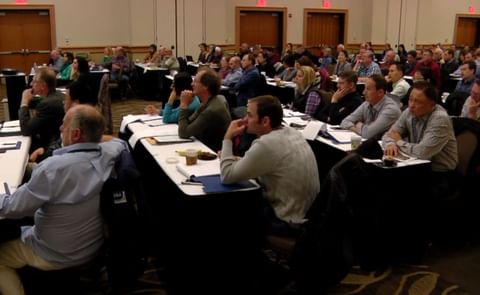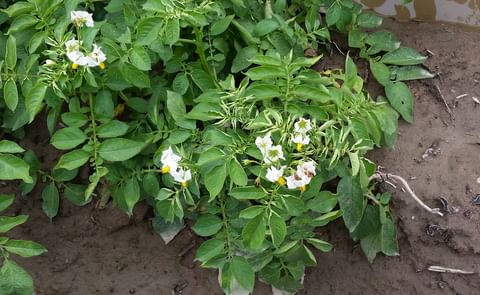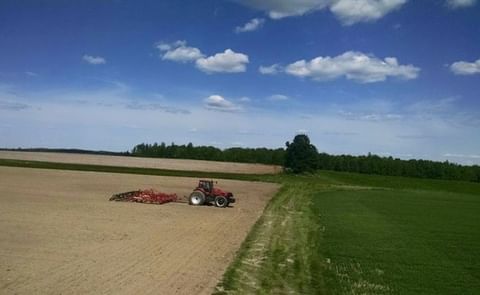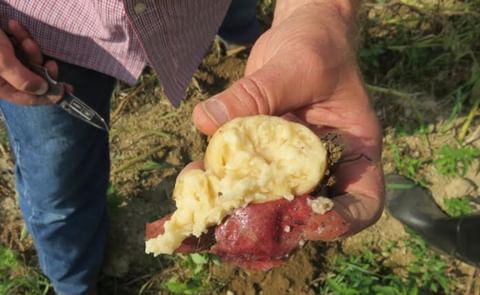Sponsor of the month(Learn more)
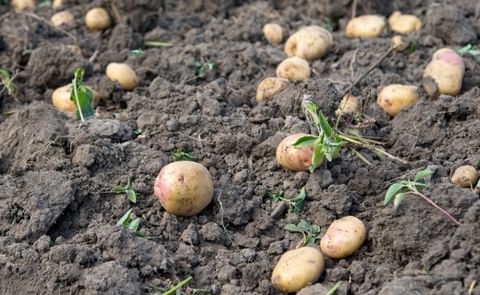
一月 25, 2024
New potato-threatening pathogens reported for first time in Pennsylvania, United States
Researchers of the Pennsylvania State University identified potential threats to the local potato crop by collecting potato stems or tubers that exhibited symptoms of black leg or soft rot from 26 potato fields. They were able to isolate, culture and identify 456 samples of bacteria infecting potatoes.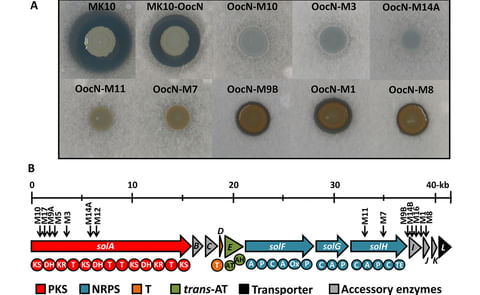
十月 24, 2022
New Antibiotic Solanimycin discovered in a Pathogenic Bacterium in Potatoes (Dickeya solani)
The growing threat of antimicrobial resistance has led researchers to search for new compounds everywhere. This week in mBio, a multinational team of researchers in Europe report the discovery of a new antifungal antibiotic named solanimycin.
十月 21, 2020
World Potato Congress Inc. Webinar: 'Above and Below Ground: Diseases threatening sustainable potato production'
The World Potato Congress is pleased to be beginning its Fall webinar series on November 12, 2020, with Professor Jacquie van der Waals from the University of Pretoria, South Africa.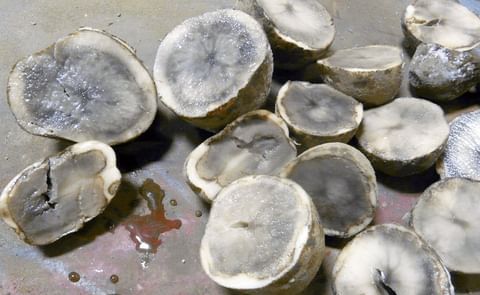
九月 18, 2020
Potato Diseases and Tips to Manage them in Storage
A key requirement for a longtime potato storage is that the storage conditions match the needs and end use of the crop. These requirements of can be assessed before harvest by doing several test digs which allow to determine the distribution and level of tuber infection.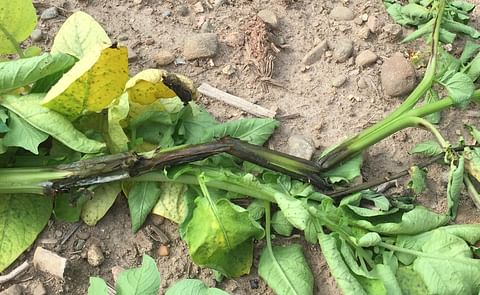
十二月 05, 2019
Online tool to detect blackleg disease in potato using DNA testing has widespread application
Scientists have developed a user-friendly online tool called Uniqprimer, which quickly and automatically designs species-specific DNA tags (also known as primers) for detecting pathogens such as Dickeya dianthicola using DNA testing. Sponsored Content
Sponsored Content
Sponsored Content
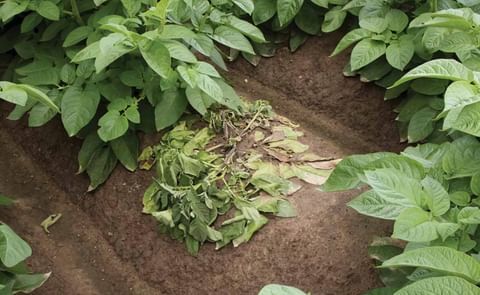
八月 12, 2017
Scottish Potato Industry unites to fund major Blackleg Research project
In Scotland, a group of major potato businesses and public sector organisations have sponsored a £242,000 (USD 313,000) research project aimed at reducing the impact of potato disease blackleg on the Scottish seed potato industry.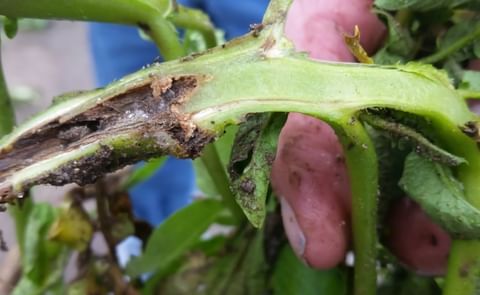
六月 12, 2017
Colorado State University to study the spread of pathogens in US potato crops
Colorado U.S. Senators Michael Bennet and Cory Gardner this week announced that Colorado State University will receive $264,600 in funding from the U.S. Department of Agriculture (USDA) to study the spread of pathogens in U.S potato crops.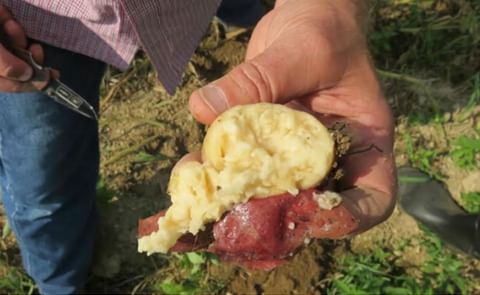
五月 11, 2017
Should Seed Potato Growers start testing for Dickeya?
The potato disease Dickeya can be detected by laboratory testing — but is there enough of it present to justify the higher costs? That is the question facing Canadian Seed Potato Growers exporting to the United States who are increasingly asked for the test.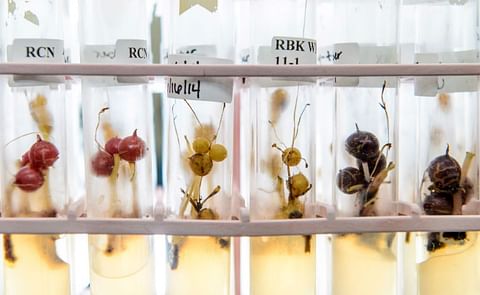
五月 09, 2017
From test tube to plate, UW–Madison program keeps potatoes clean
Years before that french fry landed on your plate, the plant that would eventually give rise to the spud your fry was cut from was sealed away deep in a secure-access building, growing slowly in a test tube inside a locked growth chamber.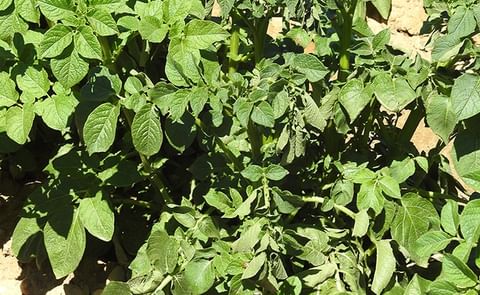
七月 17, 2016
Dickeya Blackleg: New Potato Disease Causing Major Impact
Dickeya blackleg, often just called Dickeya, is a new disease in the United States. It was severe in 2015 at least partly reflecting hotter weather than previous 2 years when the pathogen likely was present and is developing again in 2016.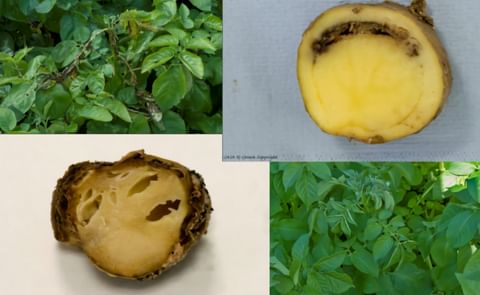
五月 26, 2016
New ‘Focus on Potato’ Webcast Helps Potato Growers Minimize the Spread of Blackleg
Blackleg, caused by strains of soft rot bacteria known as Dickyea, has traditionally had little impact on North American potato production, but it now appears to be on the move throughout Europe and could increasingly threaten growers in the Eastern United States.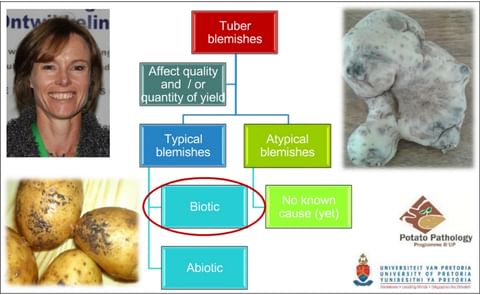
三月 23, 2016
Blemishes of Table Potatoes: Common Biotic Causes
Potato tubers are affected by a number of blemishes, which can cause severe economic losses. This 'Focus on Potato' presentation by Jacquie van der Waals, Professor at the University of Pretoria in South Africa can serve as a guide for growers and others in the potato industry to help with identification of these blemishes.

